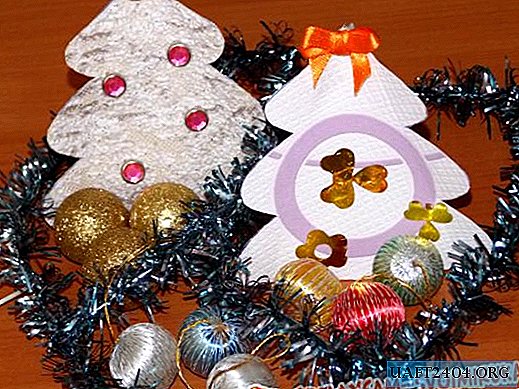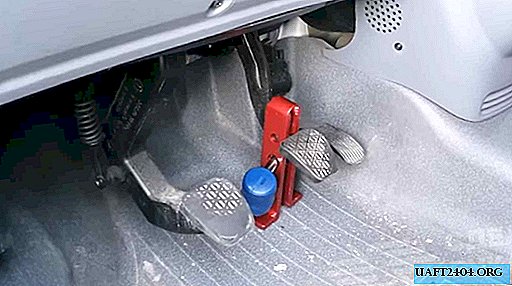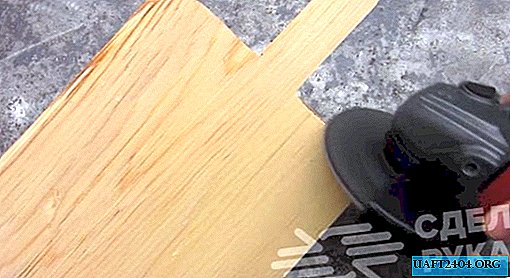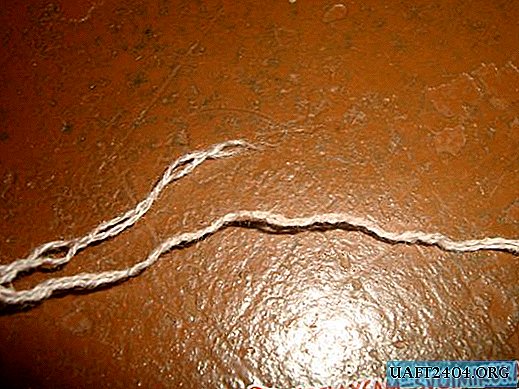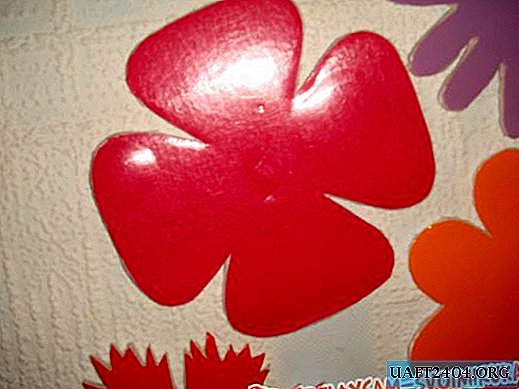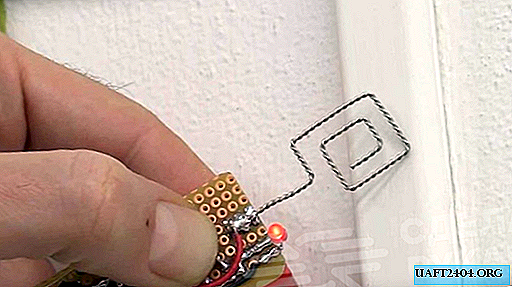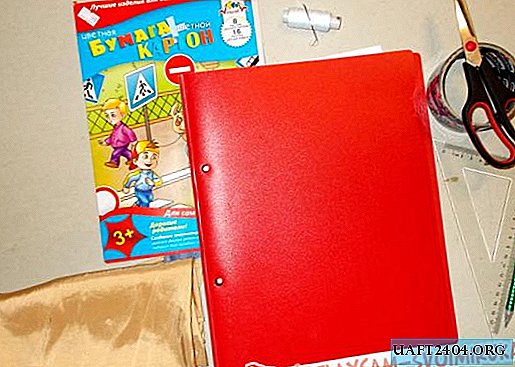Share
Pin
Tweet
Send
Share
Send
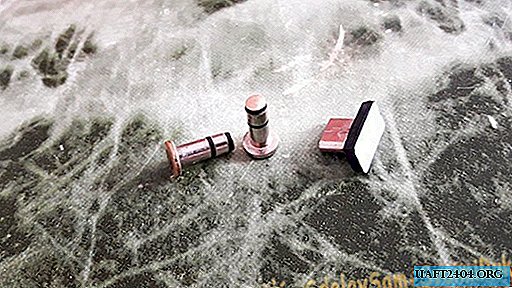
Will need
- Scissors.
- Pliers.
- File or file.
- Stationery knife.
- Glue second.
- Insulation tape.
- A piece of plastic 2 × 10 × 10 millimeters.
- Boron machine, with a 2mm drill and a cutting disc.
- Mini jack plug 3.5 mm.
- Micro usb plug.

Making stubs
I will make plugs for my phone, and therefore I took the plugs, which are suitable for the connectors for this model.

The headphone jack is the same for everyone, but the charging connectors may vary, so make sure that the plug is suitable for the connector before manufacturing. So, first you need to remove the brass plug itself from the rubber shell. To do this, we will make incisions along the entire length of the shell with a technical scalpel (or clerical knife). Then, using pliers, we peel off the shell from the plug.


At the base of the plug there is a thickening, something like a brass skirt, or ring. We need to cut the boron with a machine all the roots of the plug, flush with this same ring. Like this:


It is also necessary to cut off the top, in the thinnest place:


When removing the "root" of the plug, it can delaminate into separate parts, this can be seen in the video:

This is not scary; everything is perfectly fixed in place by second glue. Next, sand off the sawn top and spine with sandpaper. Then you need to isolate the root for it - put a drop of second glue on it, and stick a piece of insulation tape. Next, gently separate the excess fields of the insulation tape with a scalpel.



On this, the plug for the headphone jack is ready. Now we will make a cap for the charging connector. The principle of manufacturing this plug is not much different from the first option - we stick the plug into the connector, measure the desired length, and cut off the excess boron with a machine.


Do not forget to remove from the segment all the thin brass contacts. There should be four of them. We, of course, isolate the cut-off place, but just in case, it is better to remove contacts. Then there is a small snag: having measured the length of the plug we need, we will not have any protrusions on it, for which we can later remove it from the connector, if necessary. Therefore, you should saw off the plug 1 mm longer. This will be needed when we glue the plug to the plastic base. Making a base is a matter of 10 minutes! To do this, in a piece of plastic, 2 mm thick, we make a groove for the thickness and width of the plug with a drill (or thin mill). One millimeter deep.


In this groove we will put that extra millimeter of the length of the plug. Next, we trim the edges of the base to the parameters you need, and process them with a file.


Now, with the help of a second glue, install the length of the plug into the groove of the base.


That's done. We install plugs in the connectors, and use it with pleasure.


As is noticeable in the video, the phone does not respond to stubs at all - nothing is displayed in the quick access panel. Of course, maybe these plugs are not as effective against water as silicone ones, but they will perfectly protect the connectors from dust and debris. This is quite enough to protect the phone from damage. In addition, they are much more durable silicone.

Share
Pin
Tweet
Send
Share
Send

